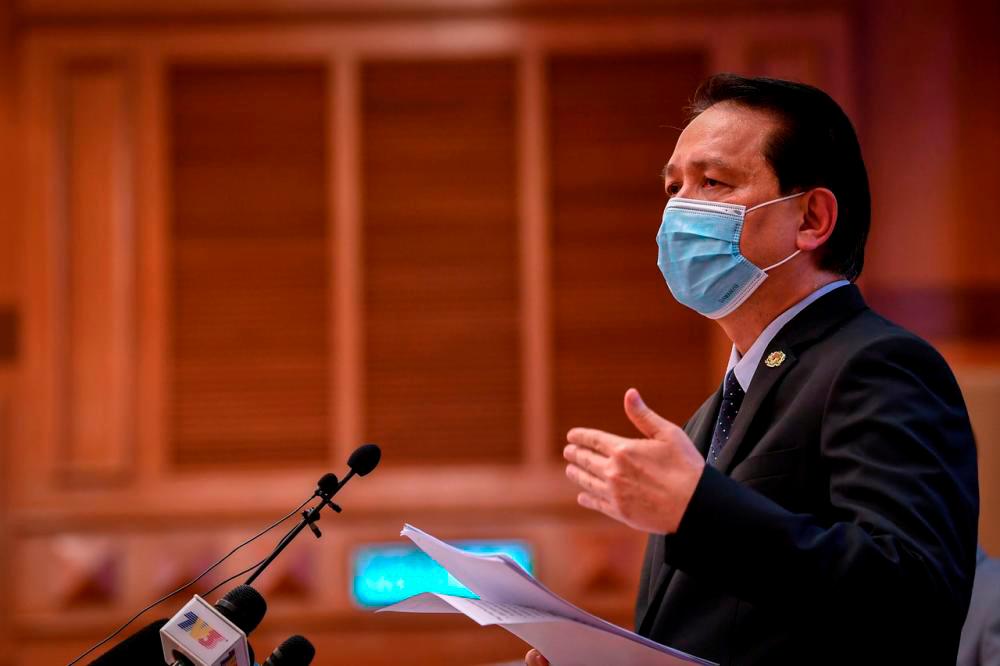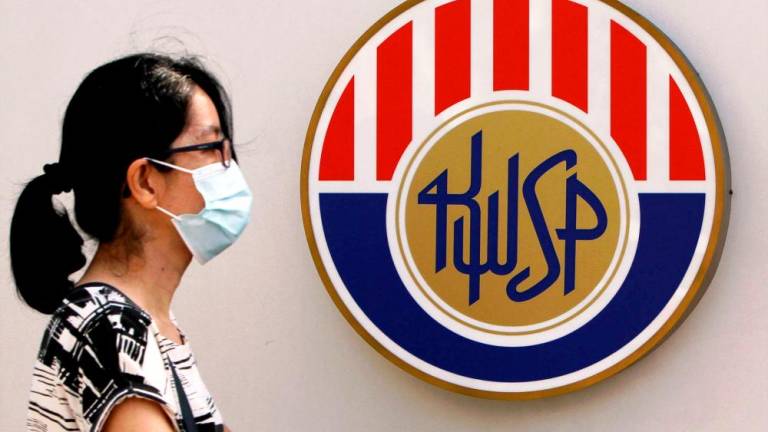PUTRAJAYA: Malaysia achieved the lymphatic filariasis infection prevalence target of less than two per cent in 125 endemic sub-districts last year, Health director-general Tan Sri Dr Noor Hisham Abdullah (pix) said.
He said this was achieved through the National Lymphatic Filariasis Elimination Programme (PEFLK) held since 2002 in 127 endemic sub-districts in eight states, namely Kedah, Perak, Johor, Pahang, Terengganu, Kelantan, Sabah and Sarawak.
The PEFLK’s target is to reduce the infection prevalence to less than two per cent or fewer than two people per 100 population screened in endemic areas.
“There are three sub-districts in Sarawak and two in Sabah that have yet to achieve the antibody prevalence rate of less than two per cent (in 2022).
“Also, positive cases of filariasis antibodies are still detected in these sub-districts as a result of active screening, namely 231 cases in 2020 and 269 cases respectively in 2021 and 2022,” he said in a statement in conjunction with the Neglected Tropical Diseases (NTD) celebration today.
As for patients suffering from elephantiasis complications, he said a total of 76 cases had been registered, although no new cases had been reported since 2004.
Lymphatic filariasis or elephantiasis falls under the category of vector-borne NTD in Malaysia.
Dr Noor Hisham said lymphatic filariasis is caused by filarial worms spread by mosquitoes (Mansonia, Culex and Anopheles), and in Malaysia, the common species of filaria is Brugia malayi.
Adult worms can live for six to eight years in the lymphatic system, causing damage mainly to the feet and hands, as well as causing elephantiasis and hydrocele (swelling in the scrotum).
They can produce millions of microfilariae which circulate in the blood and are transmitted to other individuals through mosquito bites. -Bernama










